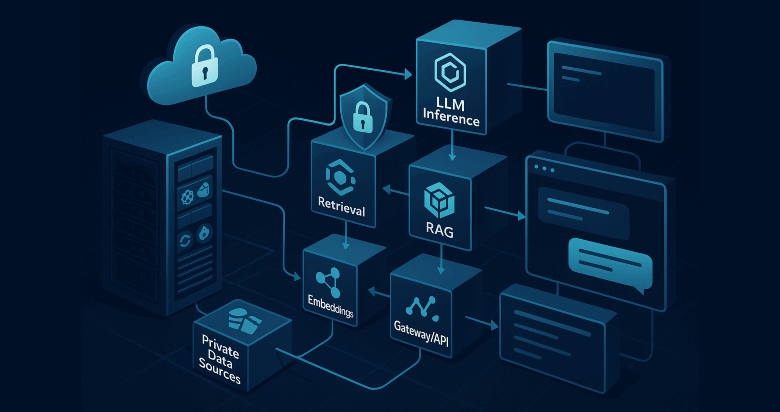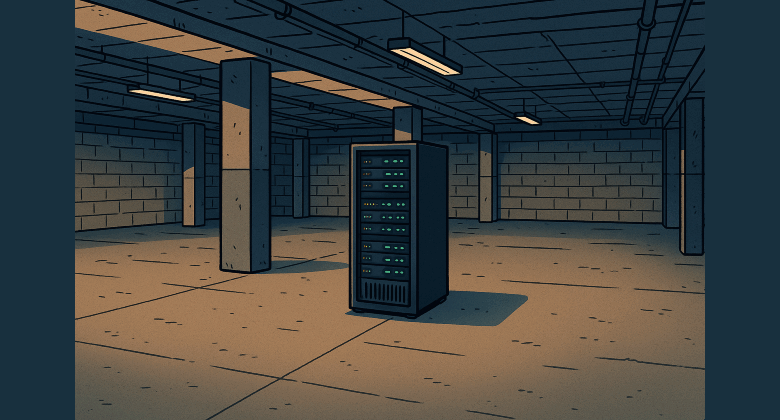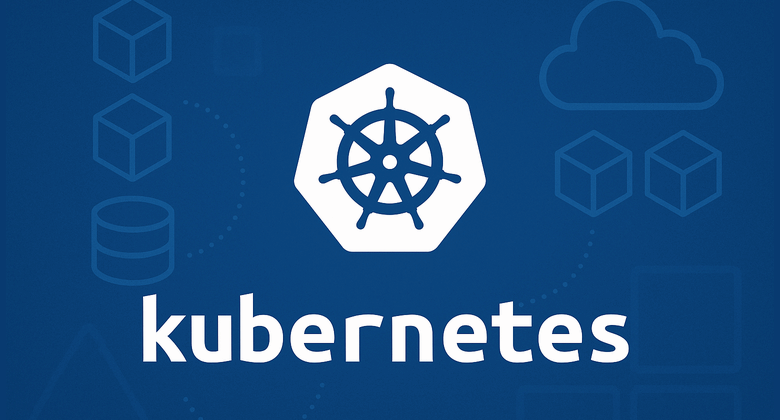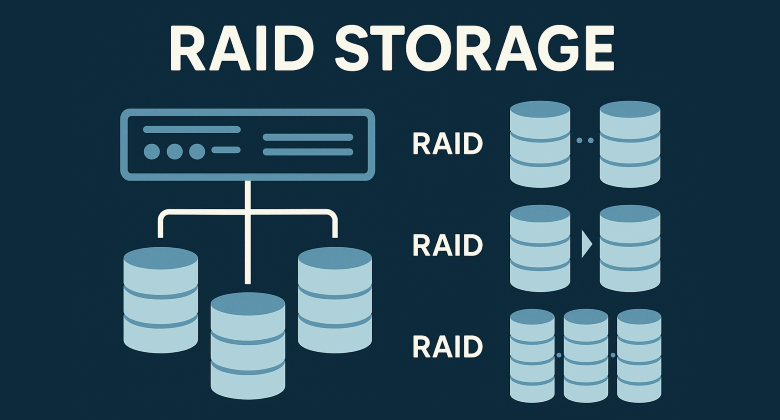If you have a mix of Proxmox nodes and external servers, getting a clean, truthful view of CPU, memory and disk is strangely hard. Proxmox’s built-in charts blur the line between free, cached and used memory, which makes planning resources awkward. I also needed email alerts for low disk space and high CPU or memory after learning the hard way that a full disk can freeze VMs and turn recovery into a risky dance. Finally, I wanted all nodes in one place, not just Proxmox, but remote KVMs, VPSs and dedicated servers from various providers.
LiteLLM at Home: One Endpoint, Real Budgets, Zero Surprises
I’ve been tinkering with LiteLLM at home, and pairing it with my OpenWebUI setup has unlocked something surprisingly practical: real budgets I can enforce automatically so there are no surprise bills. LiteLLM gives me one endpoint for many providers, per-key rate limits that fit each person in my household, and a clean way to bring local models into the same flow. In this post I break down how it works, why it matters for home-brew projects or small teams, and how to deploy it with Docker, end to end. I’ll also show simple recipes for monthly caps, per-key tokens-per-minute or requests-per-minute, and routing that prefers cheap or local models first.
Open WebUI: A Pay As You Go, multi-model, family-friendly alternative to ChatGPT Plus
Open WebUI is an extensible, self-hosted interface for large language models that feels familiar if you have used ChatGPT, yet it gives you control over models, costs, and access. I have been thinking about Open WebUI as a self hosted alternative on a Pay As You Go model versus paying …
Proxmox for the HomeLab
Meet Proxmox VE (Virtual Environment), a free and open‑source virtualization platform that fuses full KVM-based virtualization with LXC containers into one seamless web interface. It’s popular among home lab enthusiasts and IT pros who want enterprise-grade tools without enterprise-level licensing fees.
This post takes a deep dive into what Proxmox is and how to set up a powerful home lab using it; from the basics of installation to more advanced configurations like VLANs, backups, and clustering.
Kubernetes for Production: What You Need to Know to Get Started
Kubernetes has become the industry-standard platform for deploying and managing containerized applications. Its popularity is well-earned, offering capabilities like self-healing, automated scaling, and zero-downtime deployments. But many developers hit a wall when moving from sandbox environments to real-world production setups. This post aims to simplify that jump by breaking down what Kubernetes is, how to use it, and the essential hardware and configuration needed for a reliable production deployment.
RAID: Why Everyone Should Care?
RAID, or Redundant Array of Independent Disks, is a core technology that powers everything from personal NAS drives to enterprise-grade data centers. It enables you to combine multiple physical hard drives into a single system that improves performance, enhances data redundancy, or balances both. This blog post breaks down what RAID is, how the most common RAID levels work, and what their strengths and trade-offs are. Whether you are setting up your first home server or architecting high-availability infrastructure, understanding RAID is essential.






